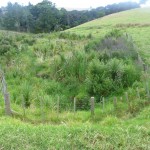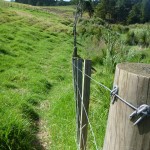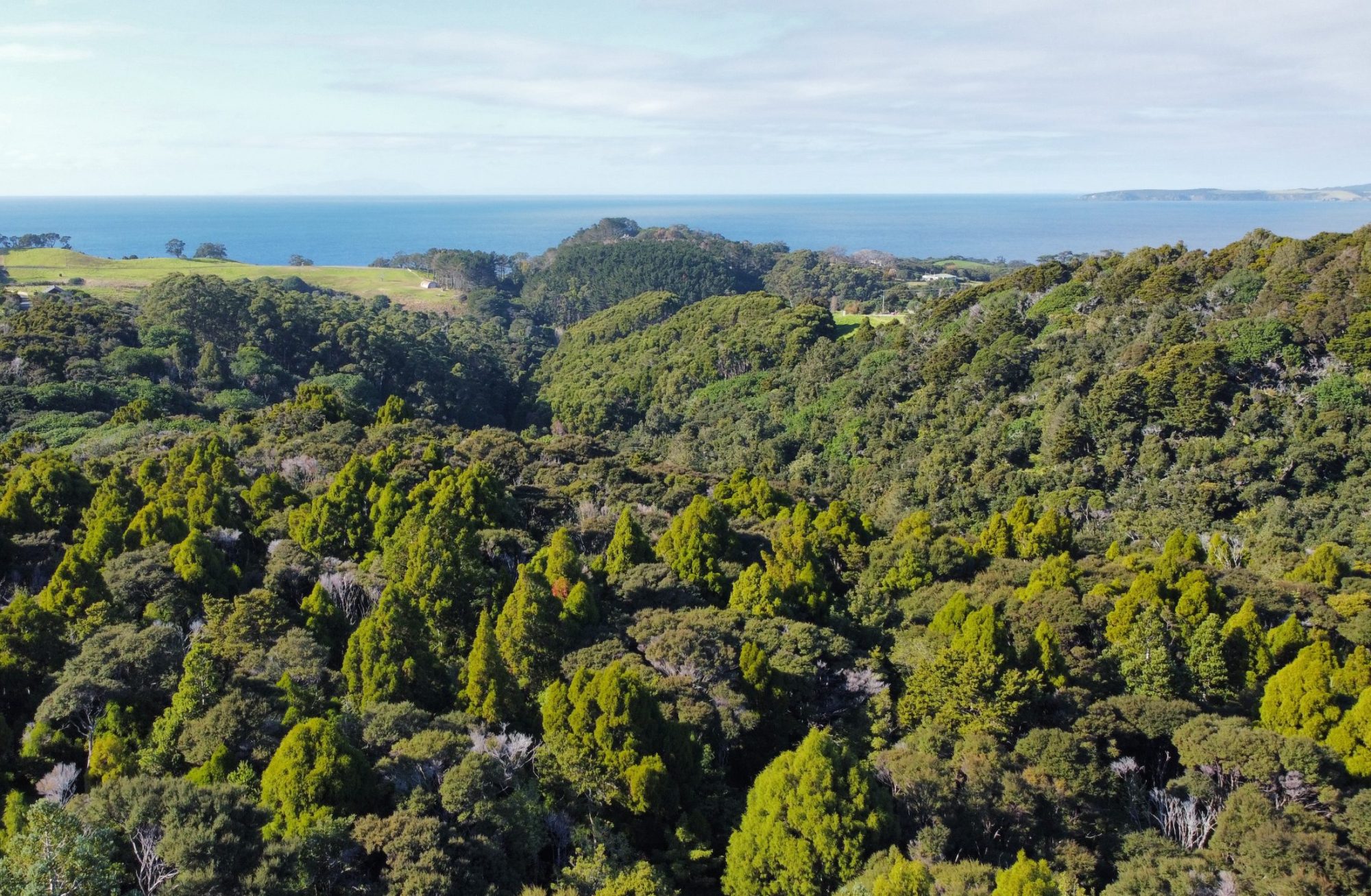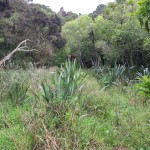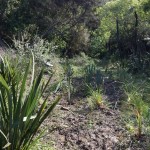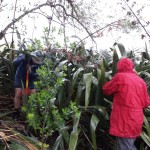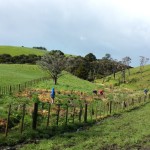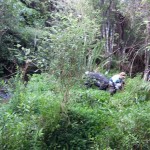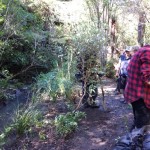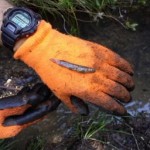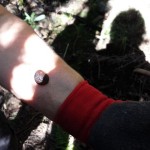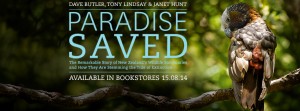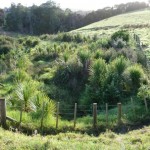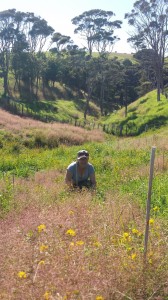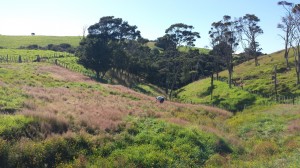I am somewhat behind with updating the website due to being busy with family weddings and work related projects since mid January.
Chris, Anita and I managed do 4 hours weeding of the Trees for Survival plants on Mrs Wainwright’s property on 7 and 9 January, nice and early before it became two hot. The plants are doing extremely well. Further weeding was carried out on our property and McMullins where the plants are now well established. We plan to organise a further weeding session within the next few weeks and will be putting together a timetable of forthcoming events. High on the list is a repeat of our very successful Big Weed Day out.
The following is an update from Jo Evans regarding the work he and Richard Taylor have been doing.
‘Over the past few weeks Richard Taylor and I have been straightening the post and wire fence around Julie Turners wetland plantings. The fence had suffered from the pressure of Julie’s cattle over the last couple of winters when the ground was soft. Many of the posts had been pushed well over towards the trees so the steers could get at the tasty species, especially Comprosma. The wires we getting slack and many of the battens had been pushed sideways. We have had a number of sessions after work digging out on the uphill side of the leaning posts, pulling them upright. On a number of them we installed a stay back behind the fence to keep them upright. We have nearly finished, having re-tensioned the wires yesterday. We plan to straighten the battens and tighten the staples after work on Tuesday. I understand from Richard that Julie indends to get a permanent electric fence installed on the fence.
I have had several sessions down the concrete drive and along the paper road (ie Tenetahi Rd extension) pulling out moth plant and a few small ginger sproutings; spraying the jasmine that is re-sprouting after the Biosecurity boys’ work on it in December; spraying some re-sprouting Queen-of-the-night; cutting off flowering pampas heads and spraying the plant.’
Arthur and Trish have also been busy maintaining the catchment area planted on Pakiri Rd; weeding and spot spraying as well as removing jasmine, New Guinean impatiens, honey suckle and one unknown weed from the edge of the established bush.

